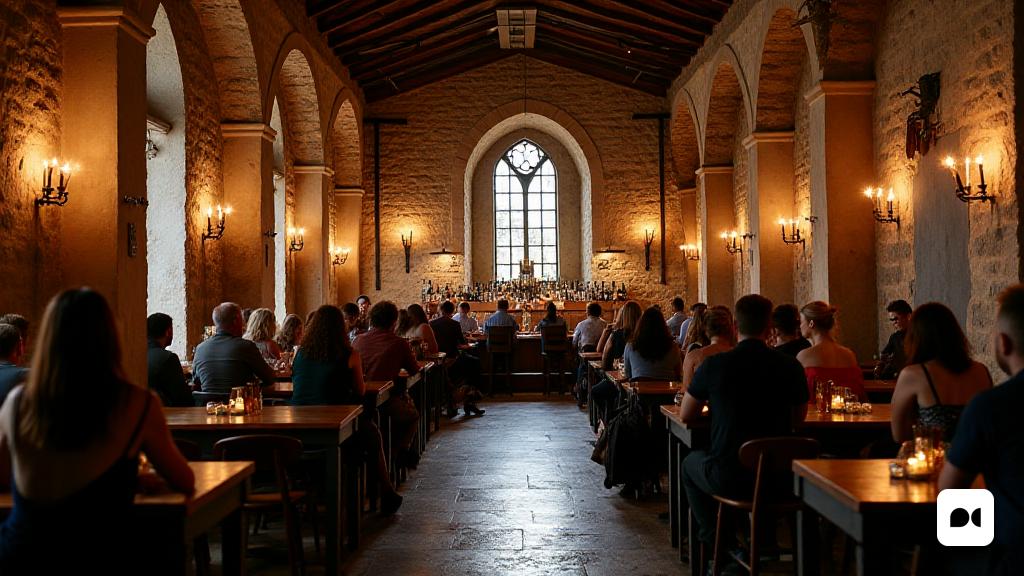A New Era for Parishes
The landscape of Catholic communities is changing with the creation of new organizational models that seek to better integrate the participation of lay people. The archdiocese of Tarragona has become an example to follow with the implementation of Pastoral Units (UPA).
The Implementation Process
According to Father Joan Àguila, Provost General for Pastoral Care of the Archdiocese, they are currently immersed in the implementation phase of a project that began with extensive pedagogical work with the rectors. This process has allowed the parishes to be grouped into 24 pastoral units, fostering collaboration and the active participation of all voices.
Overcoming Obstacles and Reluctance
Initial fears have been one of the greatest challenges. Many parishes feared losing their identity in the new organizational model. However, Archbishop Joan has been clear: each parish will maintain its uniqueness, promoting a collaboration that enriches pastoral life.
The Responsibility of the Laity
Another sensitive issue has been the responsibility of the laity. Delegation of tasks and training by parish priests have been essential to foster shared leadership. Discernment experiences within the Church have provided valuable support in this regard.
Structure of the Steering Teams
Each pastoral unit is made up of leadership teams coordinated by a priest, with a secretary in charge of dynamism. The teams include those responsible for various areas such as evangelism, health and liturgy, ensuring a comprehensive approach in their action.
Training and Commitment
The Sant Fructuós Higher Institute of Religious Sciences (Insaf) plays a key role in the formation of lay people. The pastoral leadership courses will be held in the archpriesthoods, allowing for practical learning adapted to the needs of each community.
Challenges in Lay Participation
Motivating lay people to get involved in parish life is one of the biggest challenges. Many do not feel ready to take on responsibilities, while younger people often struggle with a lack of time. However, early experiences have shown that there is a growing interest in training and participation.
Looking Towards the Future
The communities of the future are based on the essence of the first Christian communities, which were small but dynamic. This model seeks to revitalize the local Church with a structure that allows for greater involvement and more effective service.
The Importance of Heritage
However, the burden of maintaining historic buildings is a constant concern. The archdiocese has started a foundation aimed at managing the heritage, allowing the resources generated to be reinvested in pastoral life and easing the pressure on communities.
Combating the Loneliness of Rectors
The new organization also seeks to address the loneliness that many priests experience. Creating teams of chaplains working together not only fosters better coordination, but also provides emotional and spiritual support in an increasingly secularized context.
Benefits for Small Parishes
Smaller parishes will benefit from this new structure, as they will be able to access services and proposals that were previously inaccessible. Collaboration between pastoral units will allow each community to participate in a wider range of activities and services.
A Shared Future
The guarantee of a pastoral service in each parish is one of the key objectives. This includes catechesis, attention to social needs and liturgical celebrations, with the intention that each community can meet and live their faith in an active and participatory way.
Promoting Lay Participation
Tarragona has been a pioneer in the creation of structures that encourage lay involvement in pastoral life. The Secretariat of Lay People in Pastoral Mission, directed by Rosa M. Sánchez Cornadó, is an example of how formation can open new avenues for the active participation of lay people in the community.

